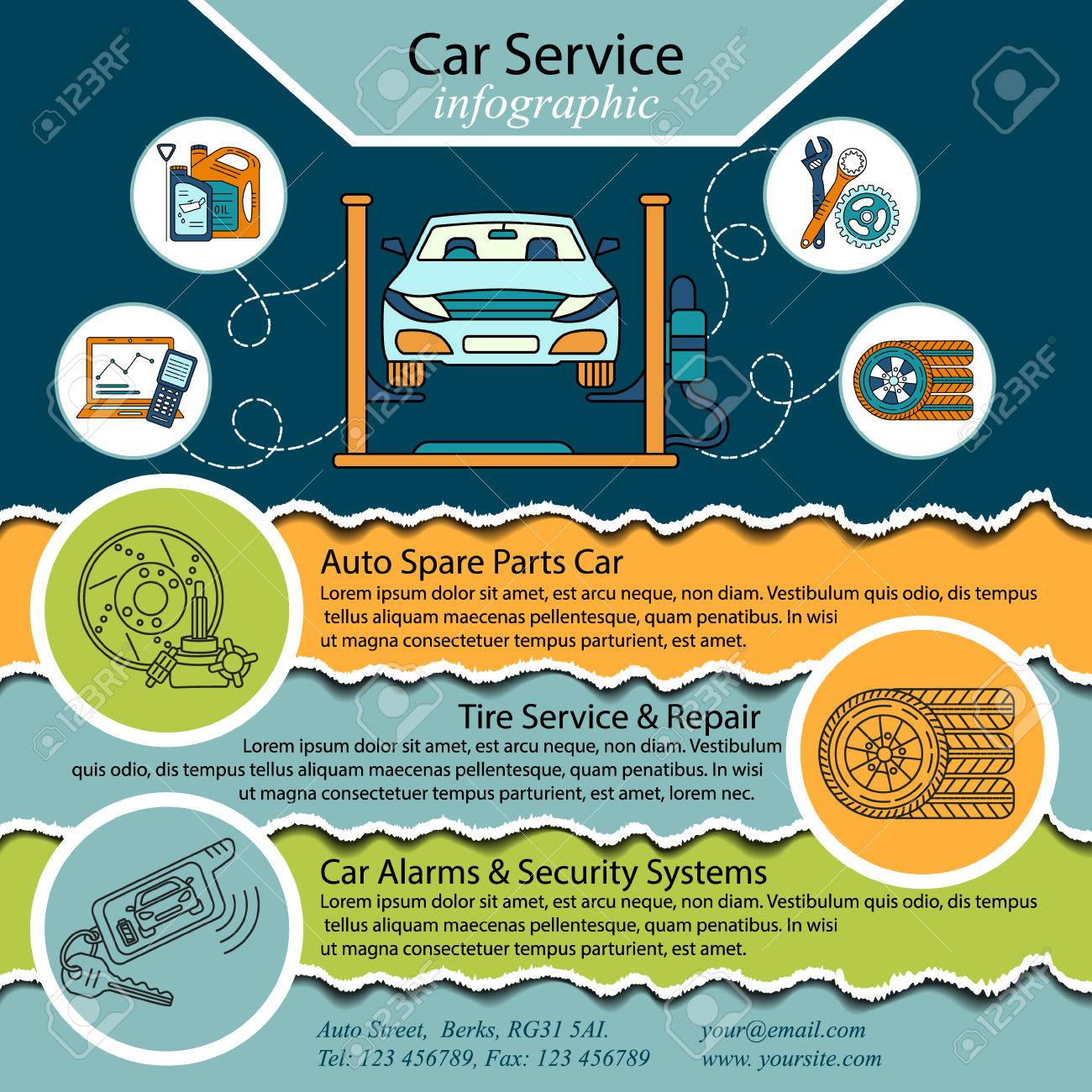Intend To Learn More Concerning The Warning Lights On Your Control Panel? Uncover What They Suggest Regarding Your Automobile'S Health And Wellness
Intend To Learn More Concerning The Warning Lights On Your Control Panel? Uncover What They Suggest Regarding Your Automobile'S Health And Wellness
Blog Article
Short Article Writer-Lim Alvarado
When you lag the wheel, those glowing warning lights on your dashboard can be a bit perplexing. Do you know what they're attempting to inform you concerning your auto's wellness? Understanding the relevance of these lights is crucial for your security and the durability of your lorry. So, the next time among those lights pops up, wouldn't you wish to understand its message properly and take the needed steps to resolve it?
Common Caution Lighting and Interpretations
Identify usual caution lights in your cars and truck and understand their definitions to guarantee safe driving.
One of the most common caution lights include the check engine light, which indicates issues with the engine or emissions system. If this light comes on, it's essential to have your automobile inspected without delay.
The oil pressure warning light suggests low oil stress, calling for instant attention to avoid engine damages.
A blinking battery light could recommend a malfunctioning billing system, potentially leaving you stranded if not addressed.
The tire stress monitoring system (TPMS) light alerts you to low tire pressure, affecting lorry stability and fuel efficiency. Neglecting this can cause harmful driving conditions.
The ABS light shows a trouble with the anti-lock stopping system, endangering your ability to quit rapidly in emergencies.
Last but not least, the coolant temperature advising light warns of engine getting too hot, which can cause serious damages otherwise dealt with promptly.
Understanding these common warning lights will certainly help you attend to issues promptly and keep safe driving problems.
Importance of Prompt Interest
Recognizing the typical warning lights in your vehicle is just the first step; the value of promptly resolving these warnings can not be highlighted enough to ensure your safety on the road.
When a warning light brightens on your dashboard, it's your car's method of communicating a prospective problem that needs attention. Overlooking these warnings can result in extra extreme issues in the future, compromising your safety and potentially costing you more in repairs.
Motivate attention to alerting lights can avoid break downs and mishaps. For example, a flashing check engine light can show a misfire that, if left neglected, can create damage to the catalytic converter. Addressing this promptly can save you from a costly fixing.
Likewise, a brake system advising light could signal reduced brake liquid or used brake pads, critical parts for your safety and security when driving.
DIY Troubleshooting Tips
If you notice a warning light on your dashboard, there are a couple of DIY troubleshooting suggestions you can attempt before seeking specialist assistance.
The initial step is to consult your automobile's handbook to understand what the certain warning light shows. Sometimes the concern can be as straightforward as a loosened gas cap causing the check engine light. Tightening the gas cap may settle the problem.
Another typical issue is a low battery, which can trigger numerous cautioning lights. Examining the battery connections for corrosion and ensuring they're safe could repair the issue.
If a warning light persists, you can attempt resetting it by separating the automobile's battery for a couple of minutes and then reconnecting it. Additionally, inspecting your car's liquid levels, such as oil, coolant, and brake fluid, can assist troubleshoot warning lights associated with these systems.
Conclusion
Finally, understanding your auto's warning lights is crucial for keeping your automobile running smoothly and securely. By quickly dealing with these alerts and understanding what they mean, you can prevent costly fixings and possible break downs.
Keep in mind to consult your cars and truck's guidebook for specific details on each alerting light and act appropriately to ensure a hassle-free driving experience.
Keep informed, remain Click On this website when driving!
